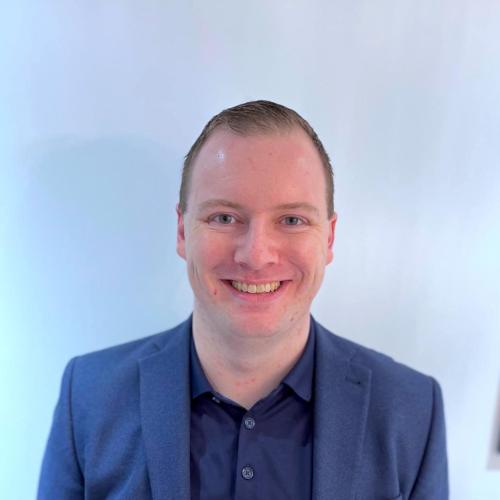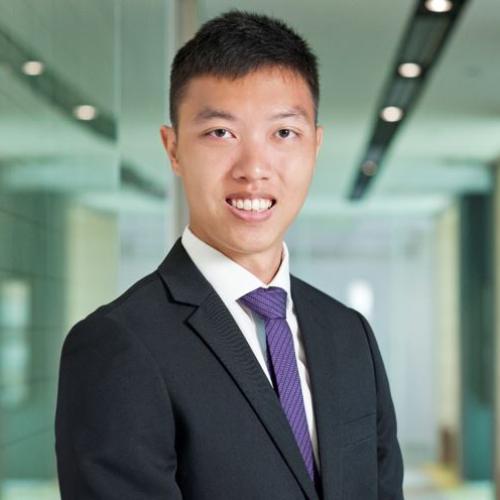How does one govern privacy on a global level across different jurisdictions each with their own set of privacy requirements
Legal implications in dealing with AI
How to protect against and respond to data breach incidents



How does one govern privacy on a global level across different jurisdictions each with their own set of privacy requirements
Legal implications in dealing with AI
How to protect against and respond to data breach incidents


The explosion of interest in Large Language Models (LLMs) and other Foundation Models (FMs) over the past two years has meant that more organizations want to know what it takes to run solutions using these models in production. In this talk, Andy will share his learnings on how to organise your people and technology to take full advantage of these capabilities and run production grade solutions at scale. He will discuss common architectures, emerging team structures and how evaluation and monitoring practices need to be upgraded for the GenAI era. This talk is useful for anyone involved in the deployment and operations of systems where the latest wave of machine learning models play a role.

Andrew (Andy) McMahon is a Principal Engineer within the AI COE at Barclays where he works on building the latest generation of machine learning and AI products to support colleagues and customers across the world. Andy is a well-known thought-leader in the practical implementation of MLOps, Generative AI and ML engineering, with experience developing these capabilities in several organisations. He has lectured at leading universities on these topics and is a sought after public speaker. He is also the author of a popular technical book, Machine Learning Engineering with Python (Packt).


Melvin is a Senior Manager in Deloitte Singapore’s Technology & Transformation practice. As part of the Data & Privacy team, Melvin has spent the past 5 years leading and delivering services to various clients at local, regional, and global scales in data-related domains, particularly data privacy and protection, and serves as a subject matter expert to the other teams in the firm’s practice in Southeast Asia.
Within this evolving field, Melvin is constantly looking out for opportunities and new developments to assist clients in their data privacy and protection journeys, such as in the areas of Privacy Enhancing Technologies and Privacy in Artificial Intelligence.
He looks forward to connecting with fellow like-minded individuals who share his passion for these domains and hopes to inspire meaningful discussions and collaborations.


•Address global data challenges like data in silos to extract greater value out of enterprise data
•Leverage privacy-preserving computation to ensure data privacy while extracting valuable insights, enhancing decision-making
•Empower organisations to integrate a state-of-the-art data exchange platform to their data strategies


Rapid adoption of large language models (LLMs) has created a critical need for sharing these models while preventing the users from copying, or reverse engineering, the models or the data they represent. Fully Homomorphic Encryption (FHE) provides a post-quantum approach to secure the publication of LLMs. Recent software and hardware developments will provide a way to perform this secure sharing at execution speeds comparable to inference done on unsecured LLMs. Dr. Rhines will review the emerging approaches and provide a roadmap for future developments that will make secure data sharing of LLMs pervasive.

WALDEN C. RHINES is President & CEO of Cornami. He is also CEO Emeritus of Mentor, a Siemens business, focusing on external communications and customer relations. He was previously CEO of Mentor Graphics for 23 years and Chairman of the Board for 17 years. During his tenure at Mentor, revenue nearly quadrupled and market value of the company increased 10X.
Prior to joining Mentor Graphics, Dr. Rhines was Executive Vice President, Semiconductor Group, responsible for TI’s worldwide semiconductor business. During his 21 years at TI, he was President of the Data Systems Group and held numerous other semiconductor executive management positions.
Dr. Rhines has served on the boards of Cirrus Logic, QORVO, TriQuint Semiconductor, Global Logic and as Chairman of the Electronic Design Automation Consortium (five two-year terms) and is currently a director. He is also a board member of the Semiconductor Research Corporation and First Growth Children & Family Charities. He is a Lifetime Fellow of the IEEE and has served on the Board of Trustees of Lewis and Clark College, the National Advisory Board of the University of Michigan and Industrial Committees advising Stanford University and the University of Florida.
Dr. Rhines holds a Bachelor of Science degree in engineering from the University of Michigan, a Master of Science and PhD in materials science and engineering from Stanford University, a master of Business Administration from Southern Methodist University and Honorary Doctor of Technology degrees from the University of Florida and Nottingham Trent University.
Cornami's FracTLcore™ technology offers significant value to the data-driven market by enabling Fully Homomorphic Encryption (FHE) for Zero Trust. This advanced cryptographic method allows computations to be performed on encrypted data without needing to decrypt it, ensuring data privacy and security. In the context of Private Large Language Models (LLMs) for enterprise, FracTLcore™ technology addresses critical concerns around data confidentiality and compliance, which are paramount for industries such as finance, healthcare, and defense.
Enterprises can now leverage the power of LLMs while maintaining stringent privacy standards. This allows for the secure processing of sensitive information, such as customer data or proprietary business intelligence, without exposing it to potential breaches. The technology's ability to handle complex, encrypted computations efficiently ensures that performance is not compromised, making it suitable for real-time data analytics and decision-making processes.
Moreover, Cornami's innovative approach provides scalability and flexibility, accommodating the growing demands of data-driven applications. As the volume and sensitivity of data continue to rise, FracTLcore™ technology’s support for FHE, positions it as a critical enabler of secure, privacy-preserving AI and machine learning solutions. This ensures that enterprises can confidently adopt advanced technologies while safeguarding their most valuable asset: their data.